Across the vast Mongolian steppe, where endless horizons stretch almost to meet the skies, two fine steeds have emerged racing towards a shared destination — one that transcends geographical distance and defies geopolitical constraints. India and Mongolia, separated by the towering Himalayas yet united by ancient Buddhist bonds, are galloping forward, leaving dust clouds of diplomatic significance in their wake.
Mongolian President Khurelsukh Ukhnaa’s state visit to India this week, marking the 70th anniversary of diplomatic relations, represents far more than ceremonial pageantry. At the heart of this relationship lies an intriguing dimension that Beijing watches with particular unease: the Dalai Lama angle. It is the question of His Holiness’s eventual reincarnation.
The spiritual dimension of India-Mongolia ties runs deeper than most diplomatic relationships. Both nations share what Prime Minister Narendra Modi termed a “deep, soulful, and spiritual bond” rooted in Buddhism.
India will send the sacred relics of Lord Buddha’s disciples, Sariputra and Maudgalyayana, to Mongolia next year for a visit, and this exemplifies this unique connection. These relics, following the successful exposition of the Kapilavastu relics in 2022, represent more than religious artifacts—they are symbols of civilisational continuity that bind these “spiritual siblings” together.
India’s commitment to enhancing Sanskrit teaching at Mongolia’s Gandan Monastery and supporting the digitisation of one million ancient manuscripts further demonstrates the depth of cultural cooperation. The linking of Nalanda University with Gandan Monastery revives a historical scholarly connection. Such cultural soft power often proves more enduring than economic agreements or military pacts.
Impact Shorts
More ShortsYet, it is the Dalai Lama dimension that adds particular strategic weight to this partnership. Mongolia’s unique position in the complex geopolitics of Tibetan Buddhist succession cannot be understated. Mongolia has historically played a crucial role in the reincarnation process of Tibetan Buddhist leaders. The very title “Dalai Lama” derives from the Mongolian word for “ocean,” reflecting centuries-old spiritual ties. The Dalai Lama himself has acknowledged this connection: “Mongolians and Tibetans have historically been like twins.”
The succession question gains urgency as the 14th Dalai Lama approaches his 90th year.
Mongolia could well become the birthplace of the next Dalai Lama — a prospect that sends Beijing scurrying. China’s 2007 regulations asserting state control over reincarnation processes reflect deep anxiety about losing influence over this sacred tradition.
The recognition of the 10th Jebtsundamba Khutuktu by the Dalai Lama in 2023 — a young Mongolian-American boy — serves as a preview of tensions surrounding the eventual succession.
Mongolia is the likely testing ground for China’s campaign to control Buddhist reincarnation. This spiritual battleground carries profound implications for India-Mongolia relations, as both nations seek to preserve authentic Buddhist traditions against authoritarian interference.
Beyond the Spiritual Pipeline
Beyond spiritual dimensions, the partnership delivers tangible economic benefits. India’s $1.7 billion oil refinery project in Mongolia represents the country’s largest overseas development initiative, employing over 2,500 Indian professionals alongside Mongolian counterparts. Expected to commence operations in 2028, this facility will process 1.5 million tonnes of crude oil annually, significantly enhancing Mongolia’s energy security.
The minerals dimension offers equally promising prospects. Mongolia’s uranium reserves, estimated at 90,000 tonnes, have captured Indian attention as New Delhi seeks to diversify nuclear fuel sources. With Mongolia recently signing a $1.6 billion uranium extraction deal with France, India has expressed keen interest in similar partnerships.
However, geography poses persistent challenges. As a landlocked nation squeezed between Russia and China, Mongolia faces complex logistics in trading with distant partners like India. Mineral shipments must transit either through China’s Tianjin port or Russia’s Vladivostok facility, with the latter preferred despite higher costs due to India-Russia strategic ties.
Defence cooperation has emerged as another pillar of the partnership. India’s decision to post a resident defence attaché in Ulaanbaatar and launch new capacity-building programmes for Mongolia’s border security forces reflects growing strategic alignment. Joint exercises like Nomadic Elephant and Khaan Quest demonstrate practical military cooperation. India has also undertaken a major cyber security initiative with Mongolia.
The timing of this deepening partnership proves particularly significant. Cultural initiatives announced during President Khurelsukh’s visit — including free e-visas for Mongolian nationals, exchange programmes, and commemorative stamps — reflect an understanding that sustainable partnerships require robust people-to-people connections. The memorandum between Ladakh and Mongolia’s Arkhangai Province creates direct ties that could prove remarkably durable.
As these two steeds continue their gallop across the diplomatic steppe, their partnership appears firmly in the saddle. The combination of spiritual bonds, economic opportunities, strategic alignment, and cultural affinity creates a foundation that seeks to transcend geography. It won’t be easy, but their shared commitment to preserving authentic Buddhist traditions against external manipulation offers a model for civilisational resilience.
(The writer is a senior journalist with expertise in defence. Views expressed are personal and do not necessarily reflect those of Firstpost.)


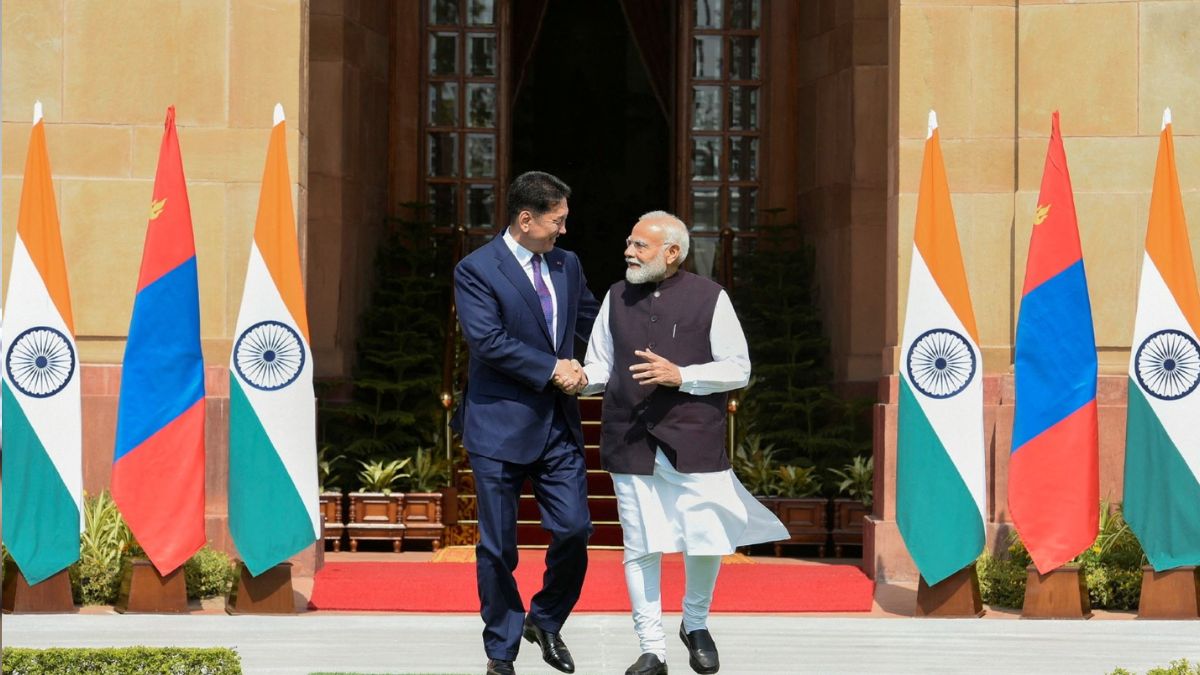)
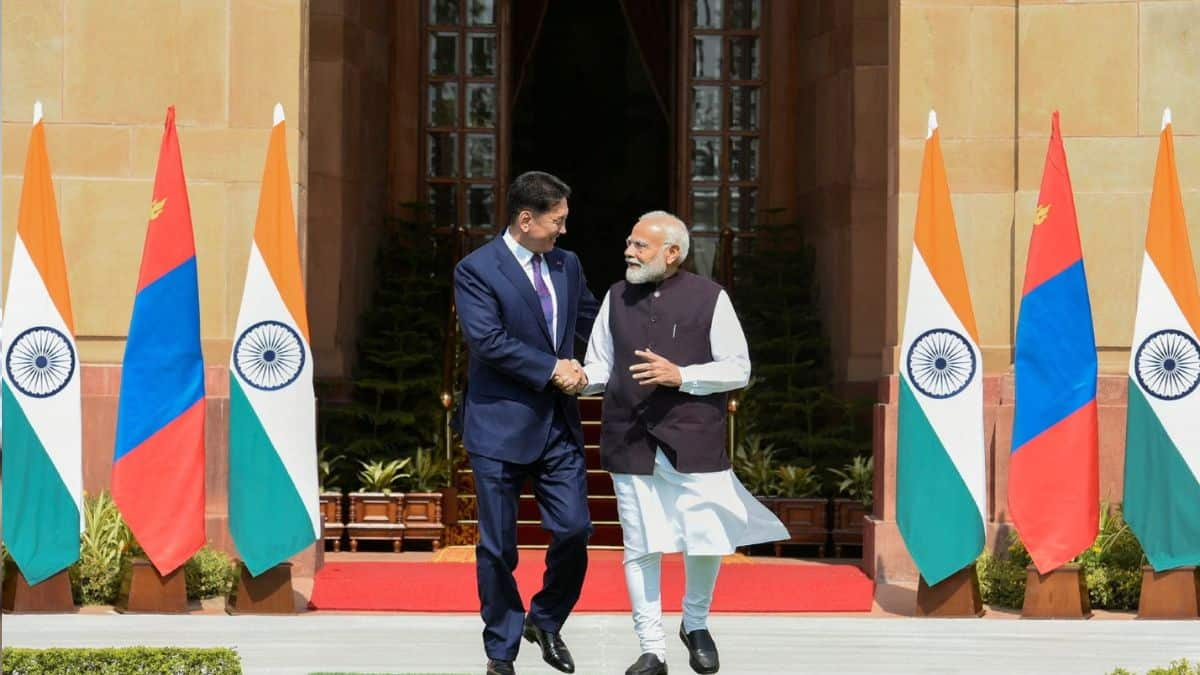
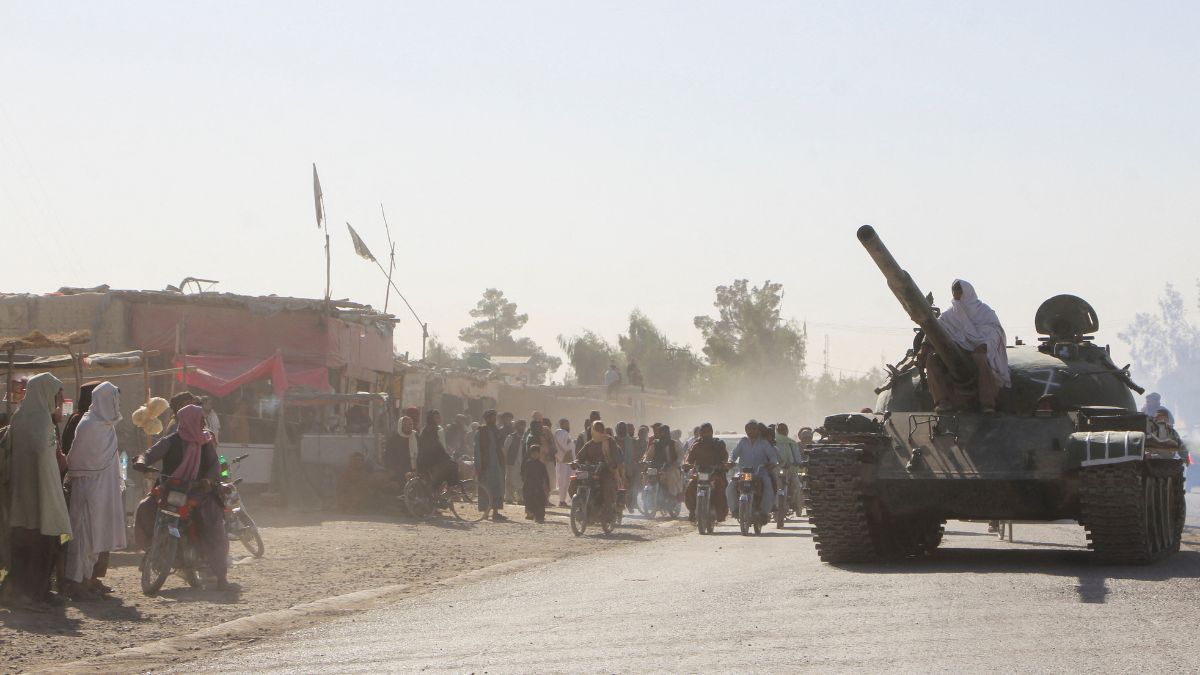)
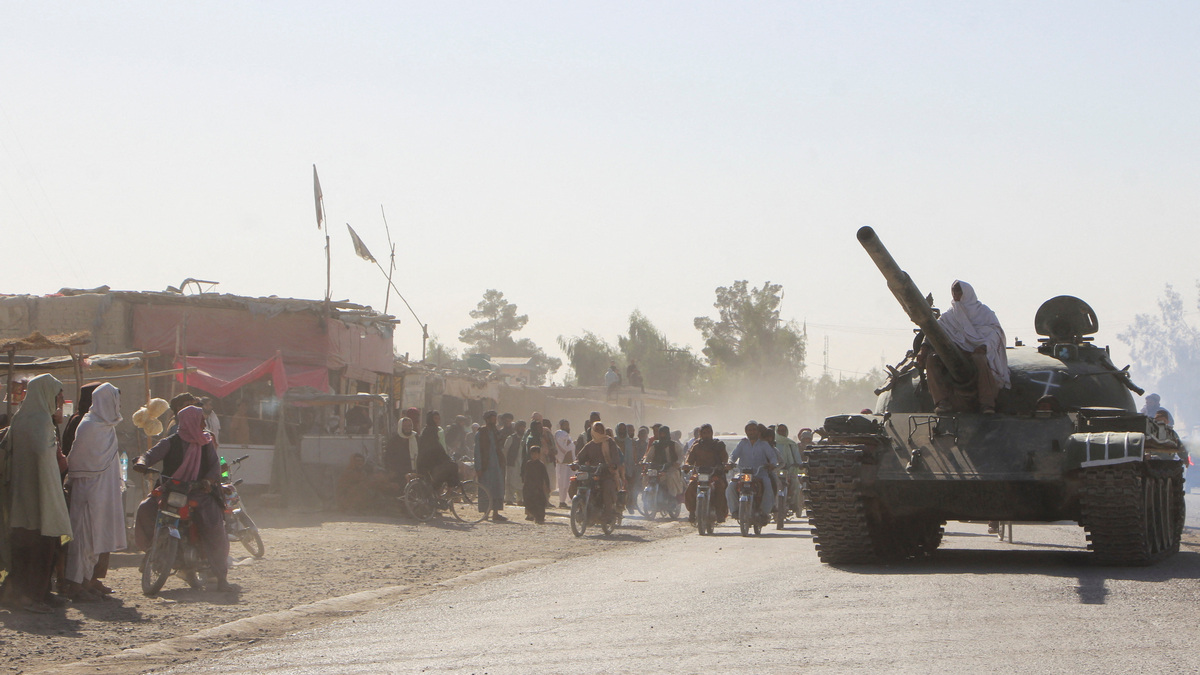)
)
)
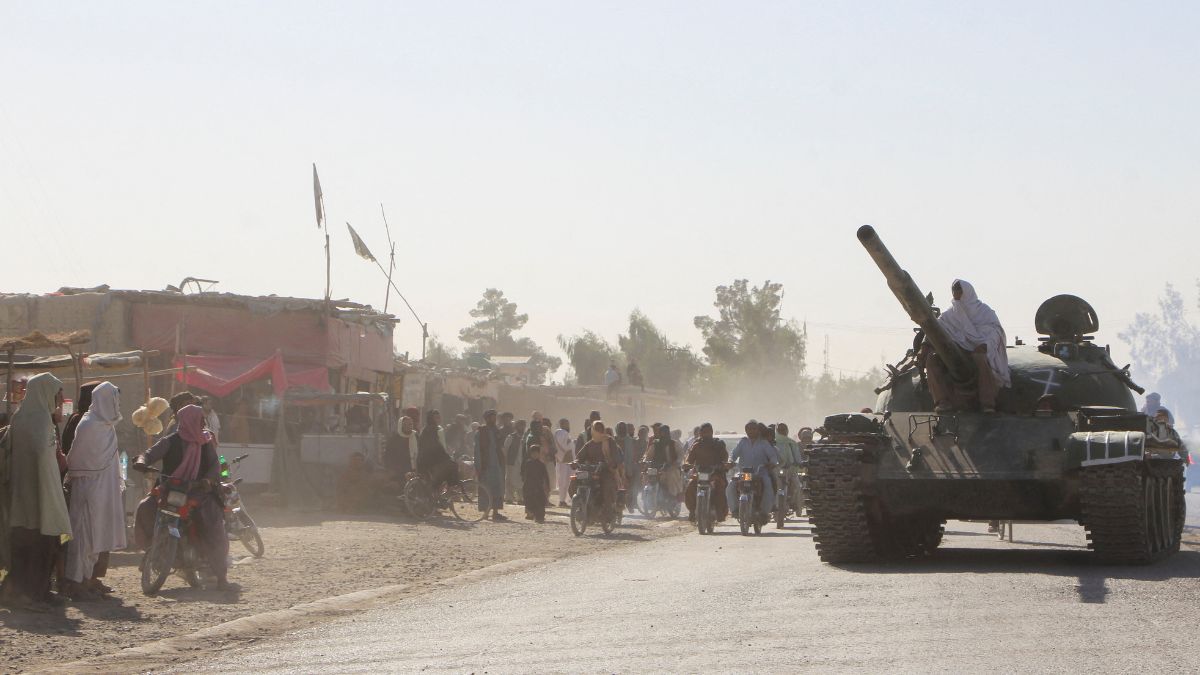)
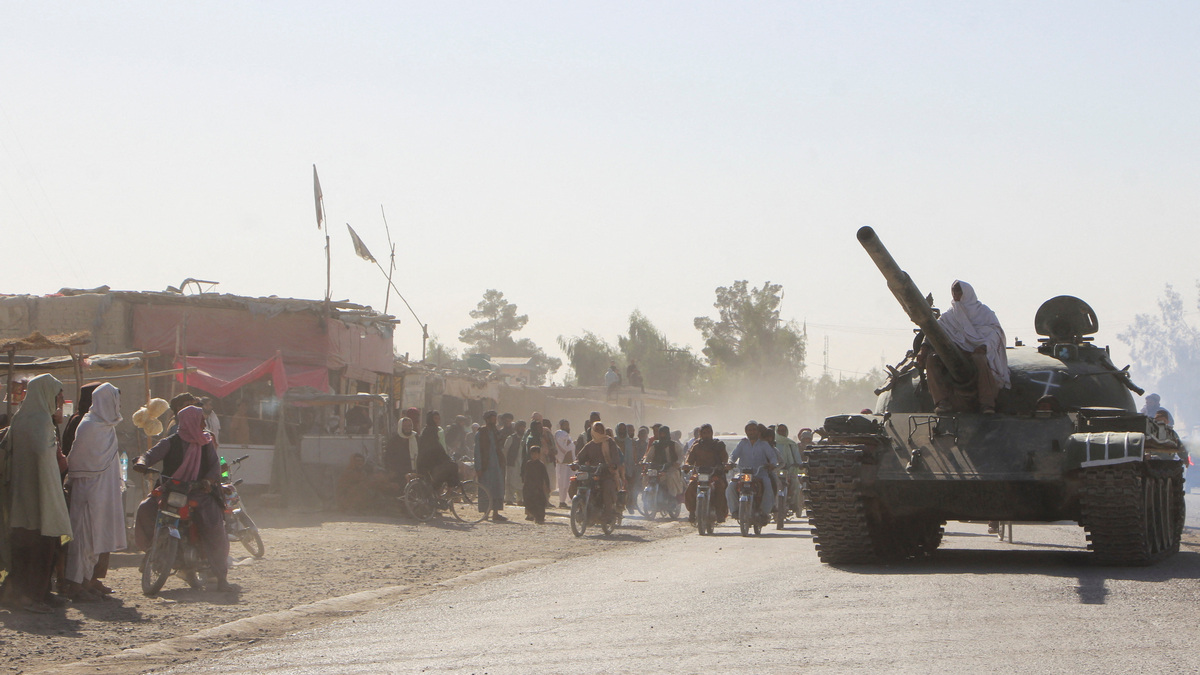)
)
)



